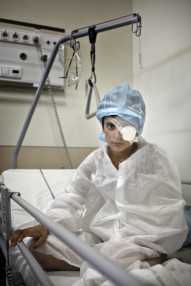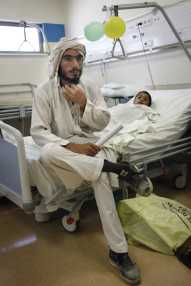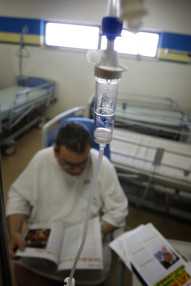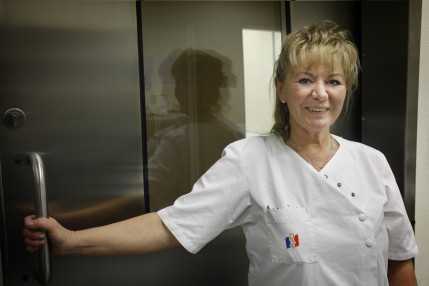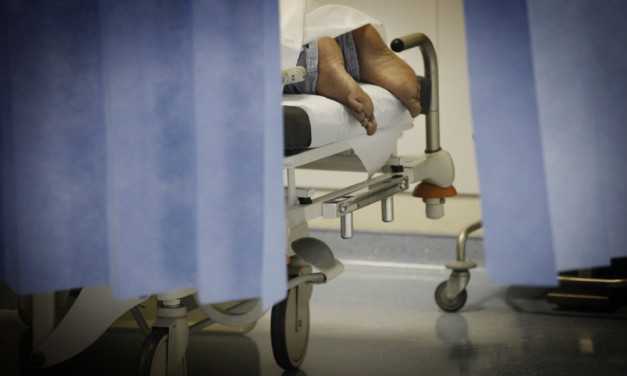Helping Everyone – Reporting From Afghanistan
Szöveg: Balázs Trautmann | 2012. május 31. 9:10They transferred the stretcher from the first helicopter to the vehicle, which rolled to the front of the hospital. Some seconds later they lifted the stretcher out, with a tiny and fragile body on it, being covered all over with instruments, tubes and bandages. The child needed respiration: as a matter of routine, the team of nurses and doctors was busy heading with him towards one of the six beds inside the emergency room I had seen on the previous day….
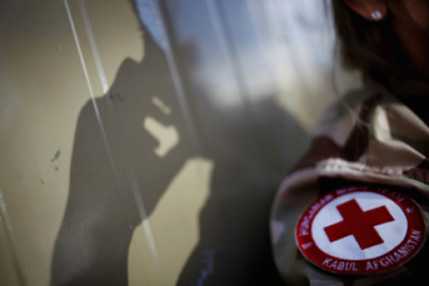
Healing is a real multinational teamwork. The hospital is updated before the arrival of MEDEVAC-ed patients on their number and injury severity score. In case of mass casualty (MASCAL) events, the tents set up next to the hospital building would be available as well. The arrivals are transported form the airport by ambulance right to the emergency ward, from where they are admitted to the ICU or to the already mentioned ISAF ward. In addition to soldiers, the healing and care meeting 21st century standards is available to civilians too, for instance to those who suffer injuries during IED attacks against the ISAF units or in a car accident.
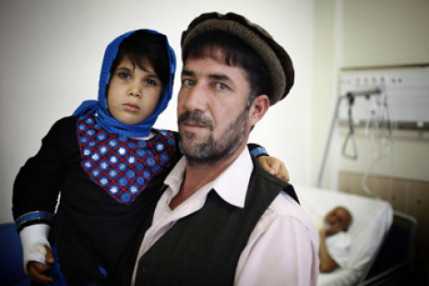
In the evening of the day after the visit, I was walking alone outside the hospital when suddenly caught sight of a pair of high-speed aircraft flying at a low altitude. This airspace is a no-fly zone for planes and helicopters, but these aircraft landed with a quick maneuver on the helipad next to the hospital, some meters from the fence enclosing the aerodrome. It was only then that I took notice of the red cross painted on the sides of the aircraft and the ambulance standing on the aerodrome side of the fence. They transferred the stretcher from the first helicopter to the vehicle, which rolled to the front of the hospital. Some seconds later they lifted the stretcher out with a tiny and fragile body on it, covered all over with instruments, tubes and bandages. The child needed respiration: as a matter of routine, the team of nurses and doctors was busy heading with him towards one of the six beds in the emergency room I had seen on the previous day. Only later was I told that I had seen the arrival of a child who had been rescued from under a house – it probably collapsed on being hit by an illumination round which was a dud. I can only hope that on writing these lines the wounded child is still alive – perhaps thanks to Warrant Officer K’s work too.
Photo: Veronika Dévényi
Click on our gallery for more pictures!


